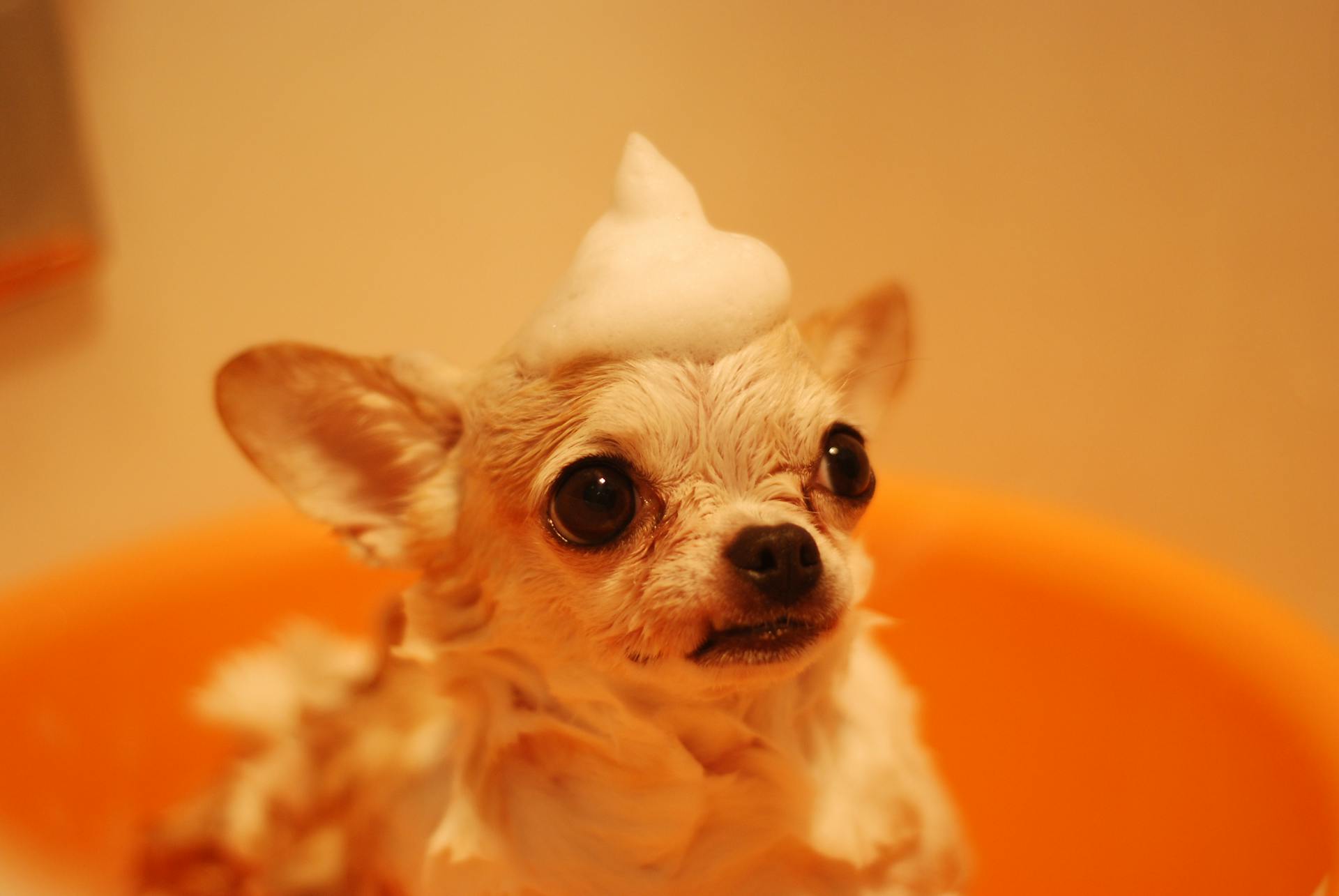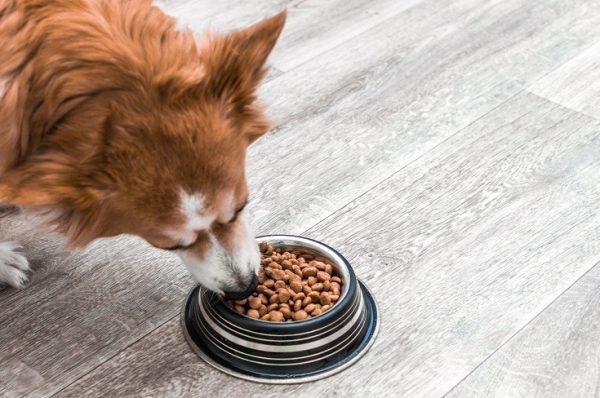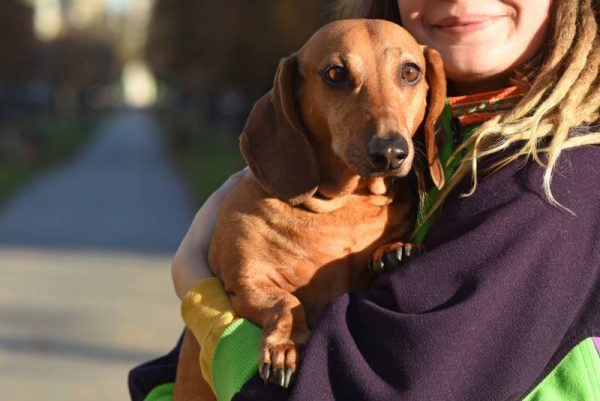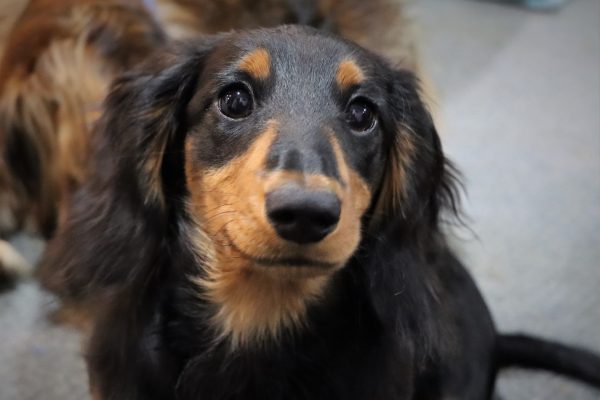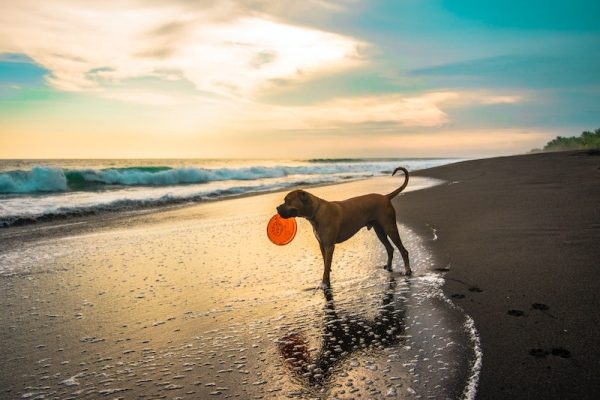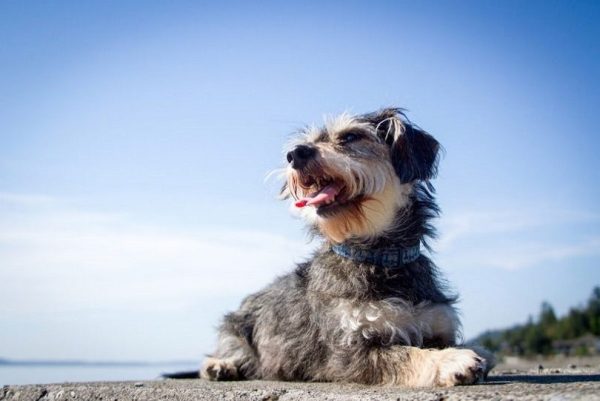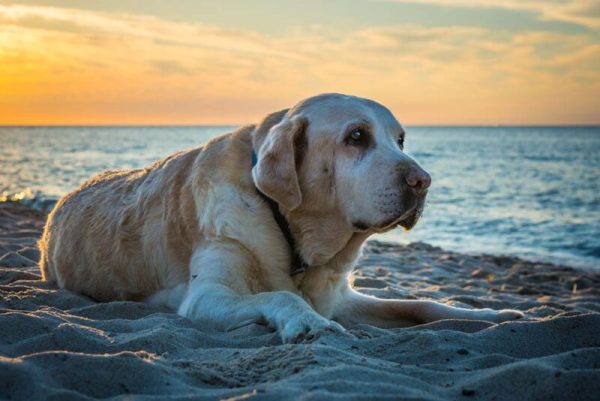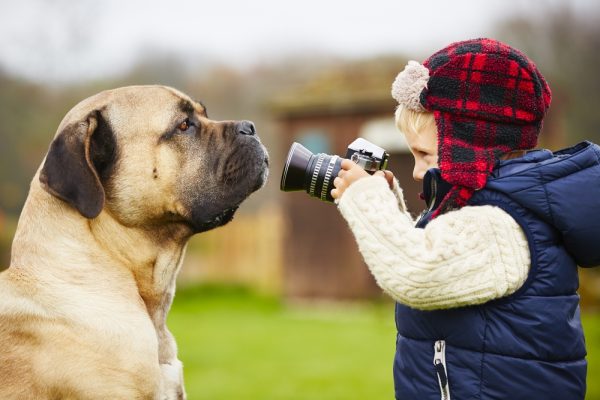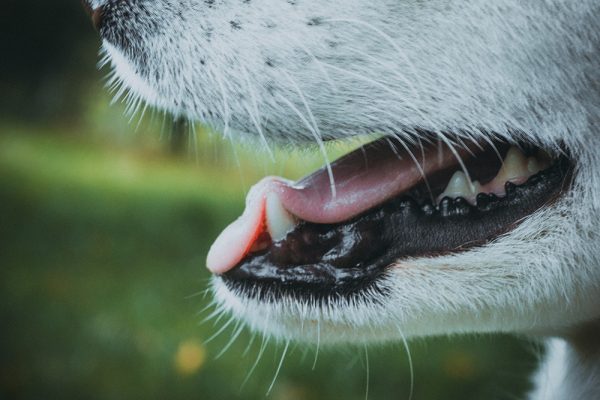Grooming your dog is essential for maintaining their health and appearance. However, there are common mistakes that owners can make during grooming that can cause discomfort or even harm to their furry friends. If you are a new dog owner or are just looking to get better at grooming, here’s a list of several common grooming mistakes and how to avoid them so you can help your canine look and feel their best!

The 10 Common Dog Grooming Mistakes
1. Neglecting Regular Brushing
Neglected fur can develop knots and mats that can be uncomfortable and painful for your dog. They can also be difficult to remove, and you might need to cut them out, which can change the appearance of the coat.
How Can You Avoid Making This Mistake?
Depending on their grooming needs, brushing your dog’s coat every few days will help prevent tangles and knots. It will also help spread the fur’s natural oils, which are responsible for its natural shine, helping your pet look better.
2. Using Incorrect Tools
Using the wrong grooming tools can make your dog feel uncomfortable or hurt them, which will make them less amenable to grooming sessions in the future. Improper tools might also be incapable of getting the job done, causing you to waste time.
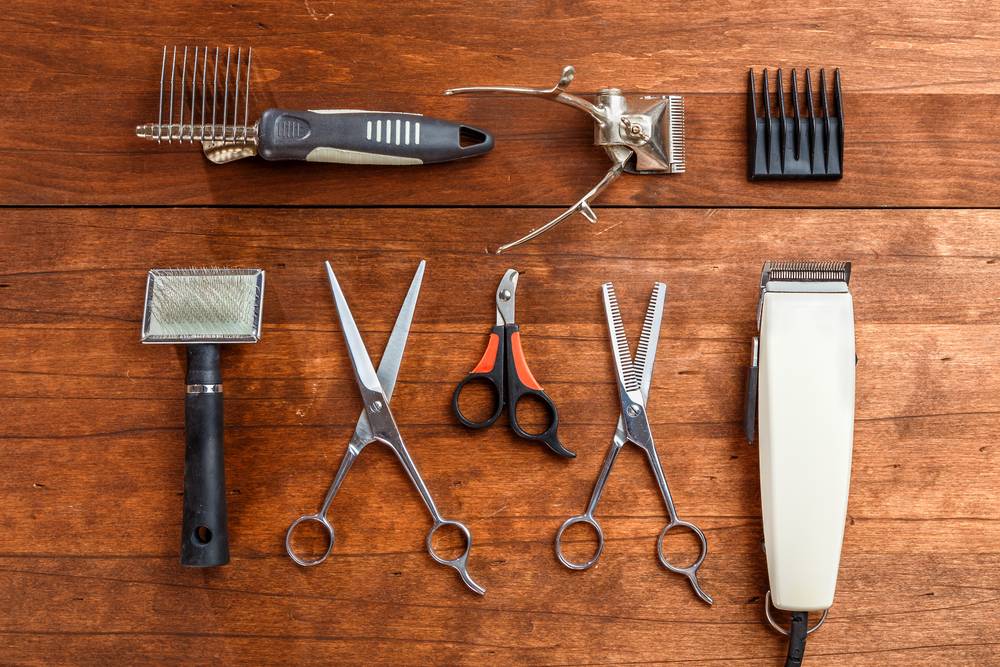
How Can You Avoid Making This Mistake?
Always choose brushes and other tools that are appropriate for your
dog’s kind of fur and length or the task you are trying to accomplish. If you’re struggling to find a good brand or model, talk it over with your vet, who can often provide advice specific to your pet.
3. Skipping Nail Trimming
Many pet owners forget to trim their dog’s nails, but when they get too long, they can cause discomfort when your pet walks and make it more difficult for them to get the traction they need on surfaces like tile floors, which might lead to anxiety.
How Can You Avoid Making This Mistake?
Regularly trim your dog’s nails, especially when you hear them clicking on the floor, but be careful not to cut them too short, or you might cut them quickly, which can lead to pain and bleeding. Ask your vet or a professional groomer for advice if you are unsure how to trim your pet’s nails properly.
If you need to speak with a vet but can't get to one, head over to PangoVet. It's our online service where you can talk to a vet online and get the advice you need for your dog — all at an affordable price!

4. Bathing Too Frequently
Bathing your dog too frequently can strip their skin of its natural oils, leading to dry skin, which can cause itchiness and dandruff. Frequent scratching can also lead to secondary skin infections.

How Can You Avoid Making This Mistake?
It’s best to bathe your dog only when necessary, like if they get into something dirty or their fur is starting to have an oily appearance. When you bathe your pet, always use a high-quality shampoo for dogs, as their skin has a different pH than humans, and our shampoo can irritate it.
Our Favorite Products
Selecting the right shampoo and conditioner makes the world of a difference when grooming your pup. Our favorite products are the duo by Hepper. The Oatmeal Pet Shampoo is formulated with aloe and oatmeal to soothe skin and hydrate the coat. The Pet Conditioner works at eliminating tangles and taming frizz and static. Both products are pH-balanced and formulated with pet-friendly ingredients, free of harsh soaps, chemicals, and dyes. Give this duo a try to heal and nourish your dog's coat, and leave them with an irresistible just-left-the-spa cucumber and aloe scent.
| Image | Product | Details | |
|---|---|---|---|
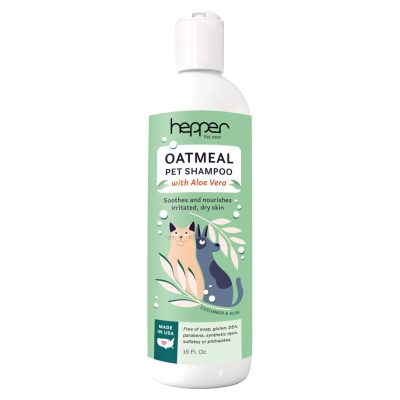
|
Hepper Oatmeal Pet Shampoo |
|
Check Price |
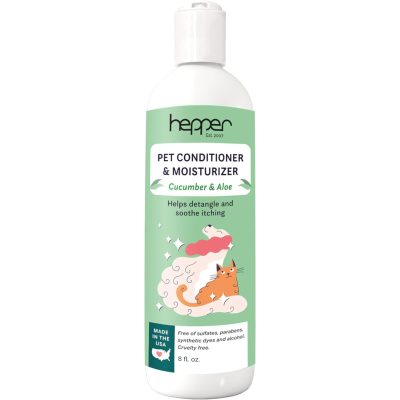
|
Hepper Pet Conditioner |
|
Check Price |
At Dogster, we’ve admired Hepper for many years and decided to take a controlling ownership interest so that we could benefit from the outstanding designs of this cool pet company!
5. Not Drying Thoroughly
Not carefully drying your pet after a bath can lead to skin irritation, fungal infections, and hot spots, especially in the cooler months when your pet can’t go outside and run around.
How Can You Avoid Making This Mistake?
Thoroughly dry your dog with a towel or blow dryer on a low heat setting immediately after their bath, especially in areas where water can get trapped, like under the ears and between the toes.
6. Ignoring Ear Care
Neglecting your dog’s ears can lead to infections, especially in breeds with floppy ears because bacteria and yeast can develop. Dogs can also sometimes get ear mites and ticks might hide under their ears, increasing the risk of tick-borne diseases.
How Can You Avoid Making This Mistake?
Frequently checking your dog’s ears to ensure they are clean and dry is the best way to reduce the risk of infection or catch any infestation early. If you notice a wax buildup, clean the ears with a dog-specific ear cleaner, and contact your vet immediately if you see any problems, like blood, excessive wax production, or a foul scent.
If you are looking for the perfect product to clean your dog's sensitive areas, Hepper's Wash Wipes are our recommendation, plus it's a great on-the-go option. These premium wipes are thick and durable enough for the toughest of paw messes, while still being soft enough to use on your dog's ears or eyes. Formulated with pet-friendly, hypoallergenic ingredients they are the ideal product for all dogs of all ages, skin conditions, or sensitivities.
- Gentle Care For All Pets - Infused with moisturizing hypoallergenic ingredients & enriched with...
- Deep Cleans From Head to Tail - Tackle the toughest dirt & messes with our extra strong pet wipes...
- Freshness On The Go - Each dog grooming wipes pack contains 30 counts of premium dog wipes that...
At Dogster, we’ve admired Hepper for many years and decided to take a controlling ownership interest so that we could benefit from the outstanding designs of this cool pet company!
7. Ignoring Dental Hygiene
Periodontal disease is a serious issue that affects many dogs across the United States, and more than 80% of dogs over the age of 3 have some form of it1. Advanced dental disease can cause pain and discomfort, making it difficult to eat properly, which can lead to malnutrition, tooth loss, and even systemic infections.
How Can You Avoid Making This Mistake?
Manually brushing your pet’s teeth with dog-specific toothpaste can help remove plaque and prevent tartar build-up, which can lead to dental disease. Regular checkups with a vet will help you learn about any potential problems early.
8. Not Being Consistent
Dogs are routine-based animals, and trying to groom them suddenly out of the blue can make it more difficult than necessary and often results in them becoming restless or causing trouble while you are trying to work.
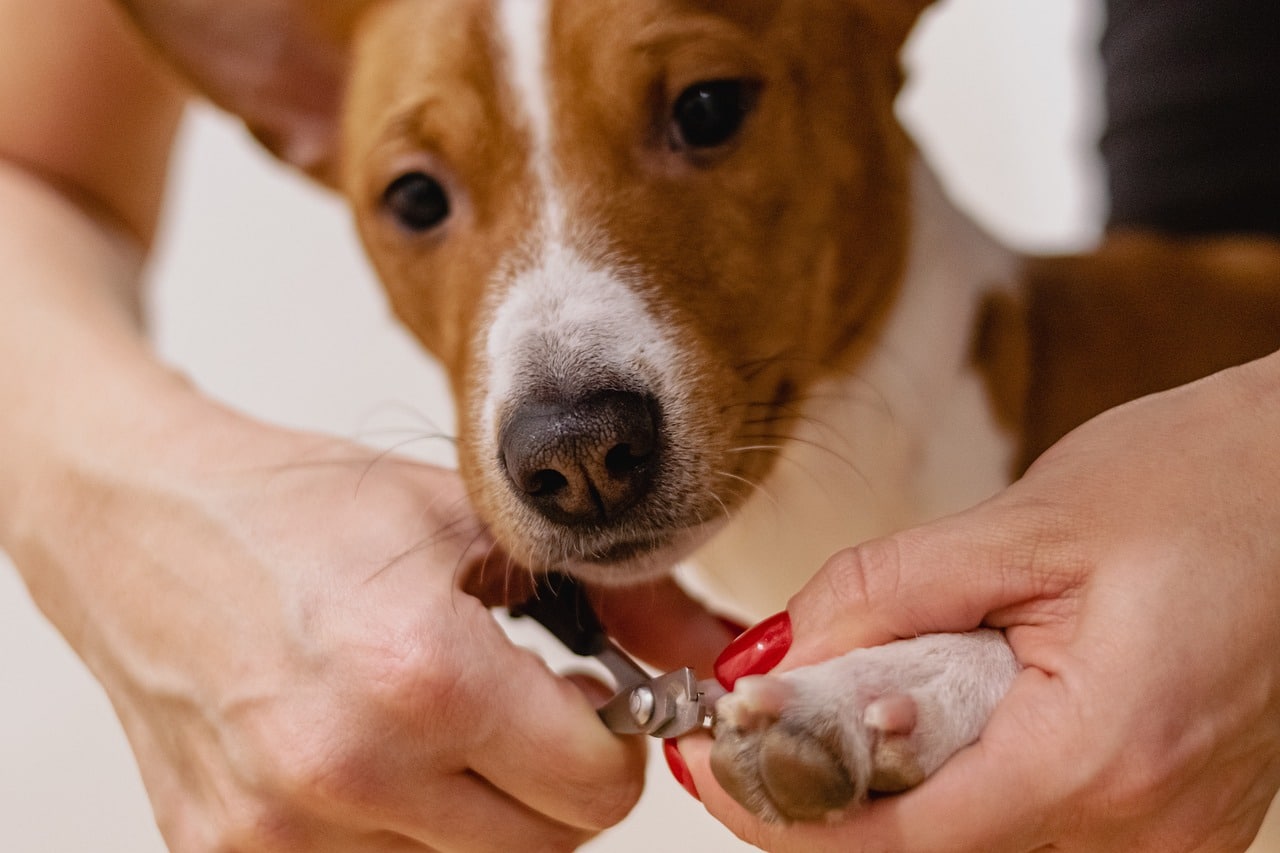
How Can You Avoid Making This Mistake?
Setting up a regular grooming schedule as early as possible, preferably when they are still a puppy, and remaining consistent can help them establish a routine that lasts into adulthood. Once grooming is part of their daily routine, they will know what to expect and may look forward to it if they can keep it fun and lighthearted. Remember to use gradual desensitization and plenty of positive reinforcement.
9. Rough Handling
Grooming can be a frustrating process, especially when the knots or tangles are extreme, or your dog is misbehaving. This can sometimes lead to rough handling or yelling out of anger. Once your dog detects that you are angry, they can become fearful or anxious, which can make the grooming process even harder. It will also make them much less interested in attending future sessions.
How Can You Avoid Making This Mistake?
When grooming your dog, stay positive and patient. Give them plenty of reinforcement for their calm behavior and cooperation. This can be in the form of treats, praise, and petting, which can show them that they are pleasing you and might make them less likely to fidget or misbehave while you are performing your grooming duties.
10. Not Seeking Professional Help
Using improper grooming methods or not grooming your dog at all can lead to several problems and make it even harder to groom your pet when you need to.
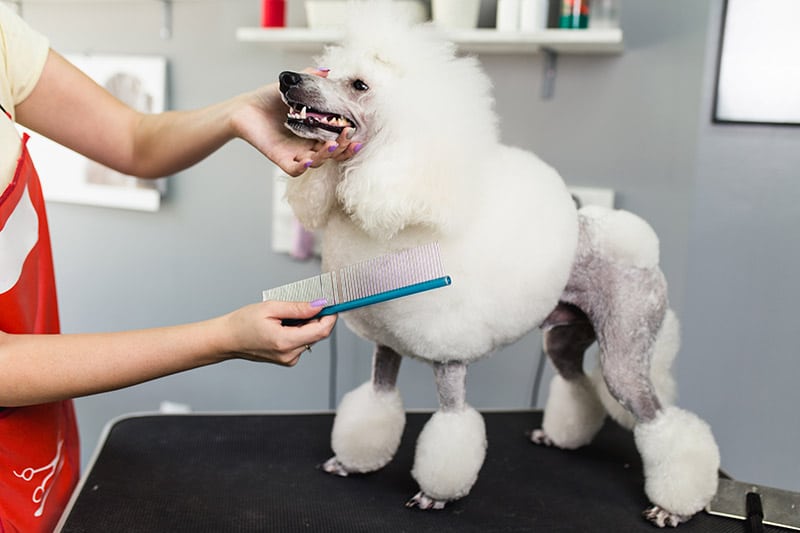
How Can You Avoid Making This Mistake?
If you’re unsure about any aspect of grooming, your vet can provide advice tailored to your dog. There are also professional groomers who can do the job for you for a small fee. They have plenty of experience and can usually get your pet in and out in no time.

Final Thoughts
Grooming your dog can be a difficult process, especially for new dog owners, but it’s important to get started as soon as possible to get them into a routine and stay consistent. That way, they will continue to be okay with the process throughout their lives. A proactive grooming approach can help prevent dental disease and lower the risk of your pet suffering from many other issues that can cause pain and discomfort, including knots and tangles, long nails that make it difficult to walk, dry skin that leads to scratching and infections, ear problems, among others.
We have several helpful step-by-step guides and articles to help you if that is not enough, and you can contact a vet or a professional groomer for advice tailored to your dog’s needs and situation. And remember, if you need help or advice with any aspect of grooming, stay positive and patient, which will help your pet feel confident and be more likely to cooperate.
Featured Image Credit: nishizuka, Pexels

